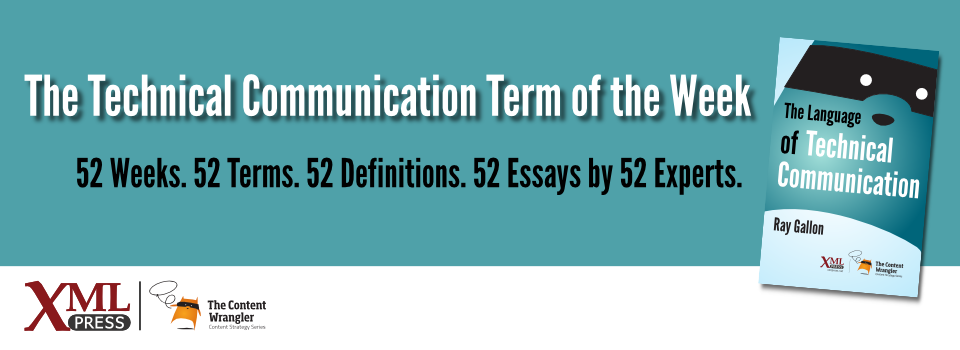What is it?
Content delivered on paper or other physical media in a form that’s readable by humans.
Why is it important?
Some content must be delivered in printed form. Examples include some installation instructions, product packaging, and posters. In addition, many customers prefer to read content in printed form.
Why does a technical communicator need to know this?
Print still holds an important place in most content strategies. Few companies can completely avoid the requirement to create print for at least some content. For example, regulations may require printed documentation, physical products may require printed assembly instructions, and customers may demand print for ergonomic or accessibility reasons.
Print introduces a host of considerations that electronic media eliminate or sidestep, including pagination, margins, hyphenation, and for longer forms, tables of contents and indexes.
Even factors that also apply to the web, such as selecting a typeface, take on a new dimension for print. Fonts that are good, readable choices online can be inappropriate for print, especially at smaller sizes.
You cannot simply generate a PDF from your editing tool and expect it to work well in print. When viewed on line, a PDF can be searched, it can be viewed at different sizes, and it can contain links. Once printed, those capabilities go away, making factors such as fonts, color selection, margins, and indexing more important.
Print poses a different set of accessibility challenges versus electronic media. One challenge is that you cannot rely on metadata or reader-based aids such as adjustable point size, magnification, or screen readers. Instead, you need to think of readable fonts, legible point size, and good color contrast.
Print production has changed significantly in the last five to ten years. Print on Demand technology makes it significantly easier and more affordable to create books, pamphlets, and other printed material than ever before. A technical communicator who understands the capabilities of this technology can create high-quality printed content that serves customers and enhances a company’s brand.

